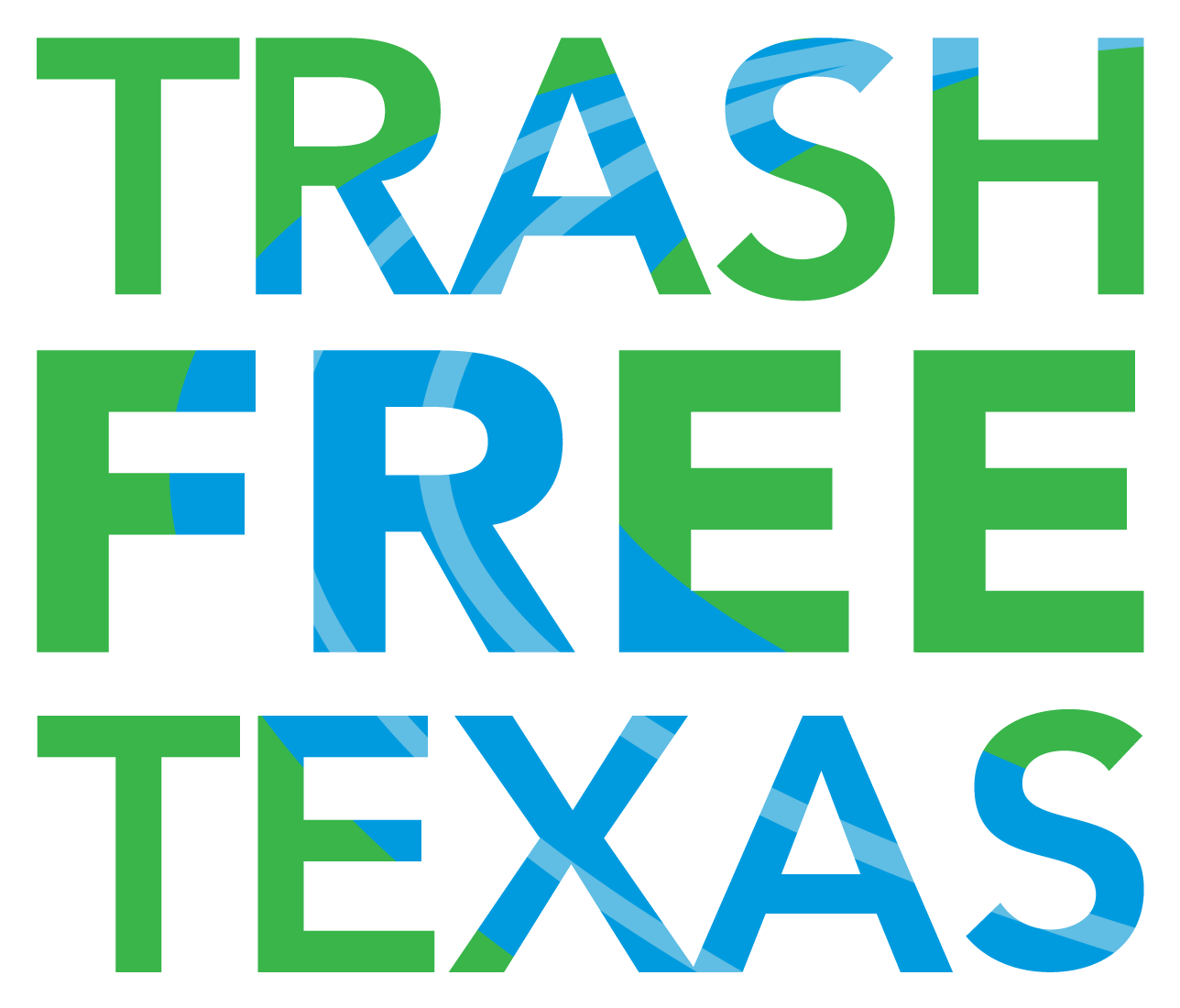Recreational Litter Cleanup
Welcome! Glad you are interested in learning how you can help clean up your local park, or favorite outdoor spot, while engaging in reactional activities like running, walking, cycling, or paddling. We’ve created the resources below to explain the need for cleaning up litter in our outdoor spaces by introducing the concept of plogging, plalking, pliking, and pladdling; how you can get involved; and some simple guides to get you started.
What is a recreational litter cleanup activity?
Have you heard of plogging, plalking, pliking, or pladdling before? These funny sounding words are relatively new ways to describe some simple actions that you may have already done before.
Plogging is a term invented by Swede Erik Ahlström referring to the act of picking up trash and litter while jogging. It is a portmanteau of the Swedish term plocka upp, which means "to pick up," and the English word jogging. The objective of plogging is to exercise while making the area in which you are doing so litter-free.
Following this pattern, plalking is picking up litter while walking, pliking is picking up litter while hiking or biking but we will focus on biking, and pladdling is picking up litter while canoeing, kayaking, or stand up paddleboarding.
For simplicity and conciseness, the term “plogging” will be used throughout most of the following resources. However, these materials can be applied to all recreational litter cleanup activities.
Why is cleaning up litter important?
Trash, packaging, and improperly disposed of waste that originates on land accounts for 80% of the marine debris found on beaches during cleanups and surveys according to the EPA. While not all litter and trash find their way to the Gulf of Mexico, plenty winds up in our local waterbodies, such as streams, rivers, and lakes, which are the source of drinking water for many Texans. Not only can this cause water quality issues, but it can also make recreational activities such as swimming, fishing, or boating less appealing and enjoyable.
Aside from being an eyesore that distracts from both the built and natural environments, litter also causes real impairment to our environment. It is harmful to wildlife that ingests or gets entangled in it. Litter also increases flooding risks when it collects in and clogs storm drains; causing them to not effectively drain stormwater from our roads and streets.
What are some benefits?
It promotes cleaner and healthier environments. You will burn more calories and move your body in different ways. According to data collected by Lifesum, a Swedish-based app, on users who took up plogging, they burned 330 calories in 30 minutes while those who were jogging alone burned an average of 270 calories in 30 minutes. In Winnipeg, cardiac patients have taken up plalking as a step on the road to recovery. The squatting, bending, or stretching to pick up litter combined with activities like jogging or walking is good for your strength and flexibility.
Resources:
If you are interested in getting started with plogging, plalking, pliking, or pladdling, we have created some resources to help you. Each of these guides provides tips and some safety considerations to take into account before you get started.
Plogging & Plalking
This resource will help guide you through getting started with plogging or plalking – the act of picking up litter while jogging or walking.
Pliking
This resource will help guide you through pliking – the act of picking up litter while hiking or cycling. We’ve also included a few tips on how to outfit your bike with panniers to hold the litter you collect.
Pladdling
This resource will help guide you through pladdling – the act of cleaning up litter while you canoe, kayak or stand-up paddleboard.
